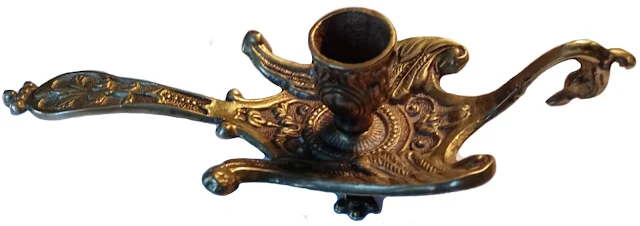
The
mythology, names, and sound-values of runes
If the Hungarian runic characters had names, these
names are not known - declares Gyula Németh (1934/13).
Since then, most character names have been
successfully identified by the identification of the objects they represent
(Fig. 6). The phonetic forms of Székely runes developed from these names at one
time. The names form a linguistic and semantic system, which is similar and closely connected to the image system,
and they belong to the most ancient Hungarian words. Unlike Greek or Semitic
letter names, these Hungarian names are easy to understand; though they are
sometimes archaic. They possess such coherent mythological connections as make
it possible to reconstruct the system
of the ancient Hungarian religion. This circumstance not only verifies the
reconstruction of names, but also gives information about the origin of Székely
script, since the different types of religious systems are restricted in space
and time.
During the process of acrophony,
character names developed into the letters; 's’ from the character name 'sarok'
(corner), 'h' from the character name 'hal' (fish), etc.
There is the divine triad
in the background of the runes 'a' (anya = mother, Anahita, Anat, Enéh), 'b' (Bél,
belsõ = internal), and 'd' (Du).
The Hungarian 'gy' rune, which forms a double cross,
is identical with the attribute egy
(one) in the name of God, and its character represents the Milky Way, the
personified pillar of the world.
The phonetic form of the wave-shaped 'ü' originates in
the Hungarian word ügy (folyó =
river). Rivers meant god-symbols for our forefathers. About this, Maximus
Tyrius wrote the following: "Rivers
are respected either for the advantages they offer, as the Egyptians respect the
Nile, or for their beauty, as the
Thessalonians respect the Peneus, or for the river god, as in the case of
Scythians." That is why the Hungarian word ügy (meaning river) is similar to the egy (one) attribute of God. It follows from the mass of such examples
that the Hungarian language is the oral illustration of that marvelous
mythology. At the birth of the Hungarian language, the most ancient myths,
rites and signs had already been placed beside the cradle. Their survival
proves that our forefathers had always kept the remains of their ancient
religion, their ability to form a state, and their popular character.
The form of the 't' rune represents the single
fork-shaped supporting pillar of the simplest Hungarian buildings.
Its phonetic form is rooted in the shortened form of the Hungarian word tengely (axis, axle), and it is not
accidental that the root ten appears
also in the Hungarian words isten
(god), tenger (sea), tündér (fairy), and tanító (teacher). According to ancient myths, the first god-like teachers appeared from the sea
like fairies, and were identified
with the world's axis of rotation, the personified pillar of the world: the
Milky Way.
The name and the phonetic form of the Sumerian
fish-formed ha (fish) and the Székely
'h' (hal = fish) characters suggests related linguistic and writing traditions.
The Turks borrowed their similar, fish-shaped hieroglyph from Hunnish script
(Fig. 7). Due to linguistic differences the Hunnish-Székely character name
became hal, while the Turkish one
became balik, and they shortened to
the Székely 'h' and the Turkish 'b' letters respectively.
Their connection is understandable only if steppe runes are regarded as the
descendants of hieroglyphs.
The 'f' rune, a cross in a circle, represents the four
holy rivers (Eden),
and had developed from the name of the Föld
(Earth) created by God (Figs. 4, 8).
Fig. 9 Pictorial and linear varieties of the tree
holding Heaven
(Hittite metal plaque with a tree formed as a double
cross, holding Heaven and with the sun at the top; a hieroglyph from Urartu;
Chinese lolo [sky, heaven]; Székely 'g' [ég = sky])
There are many more examples. These runes are the
connected relics of a mythically beautiful Paleolithic view of the world. In
that ancient world the pillar of the world holds Heaven, double cross
represents the only God, and heroes, who founded empires later, are born from
the rivers.
Fig. 10 The precedents of ligature are the
pictogram-montages: The representation of the Milky Way by combining the
symbols of water and stairs in a potter motif from Lehecsény; in the Hunnish
strap-end from Csorna; in an Indian cup from Central America; on the edge of
the stairs "leading to the sky " of a Totonac Indian pyramid; and in
a New-Mexican Indian pot (with the name of the Father)
(potter motif from Lehecsény; a part of the strap-end
from Csorna; embroidery from Kalotaszeg with "big script"; Central
American Indian cup; a part of a Totonac Indian pyramid; Indian pot from
New-Mexico)









